The 36 Best Stretches for Men

Stretching is essential not only for optimizing your physical performance—whether going big or small—but also for preventing injury. Whether you’re doing dynamic (movement-based) stretches or static (stationary) stretches, engaging your muscles and joints properly helps them to reset to their naturally functioning positions. And the timing of your stretch is just as important as the type of stretch you’re doing.
We asked six different fitness experts what stretches every man should add to his routine. Whether pre-workout, post-workout, or just relieving pain during the day, these stretches will loosen your body, improve flexibility, and ultimately ease long-term aches and pain.
Related: 20 Exercises to Bulletproof Your Joints and Prevent Injury
Best Hamstring Stretches
Hamstring stretches are essential for any kind of leg-supported movement, from running to lifting to climbing stairs.
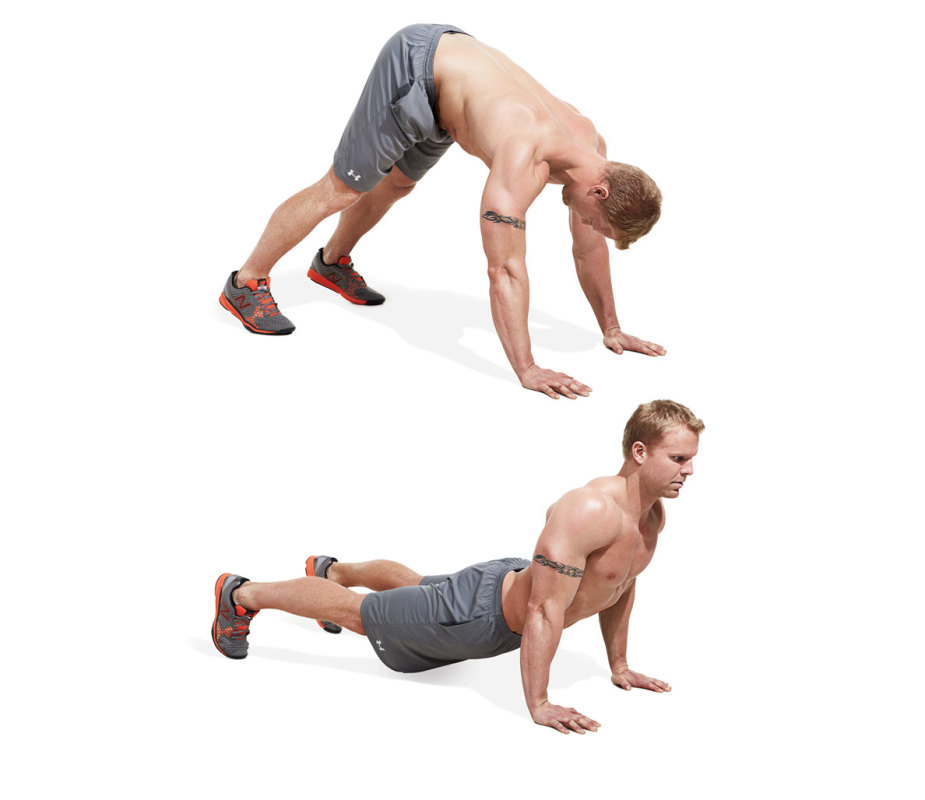 How to Do It
How to Do It- While standing, hinge at your hips and reach down toward your toes, keeping your legs straight. “If you can’t reach the floor, bend your knees just enough so you can,” suggests Albert Matheny, R.D., P.T. of SoHo Strength Lab.
- As soon as your hands touch the floor, alternately walk them forward until you’re in a pushup position. Your legs should be straight and at the same height as your head, shoulders, and hips.
- Begin to walk your hands back toward your feet while pushing your hips in the air, driving your heels into the floor (think about mimicking an inchworm). Keep your legs straight for as long as you can to really get into the stretch.
- Return to the standing position and repeat for 10 reps.
What It Does
Targets your hamstrings, calves, and lower back, improving flexibility and blood flow.
When to Do It
This is a great way to start your day or any workout.
PNF Hamstring Stretch 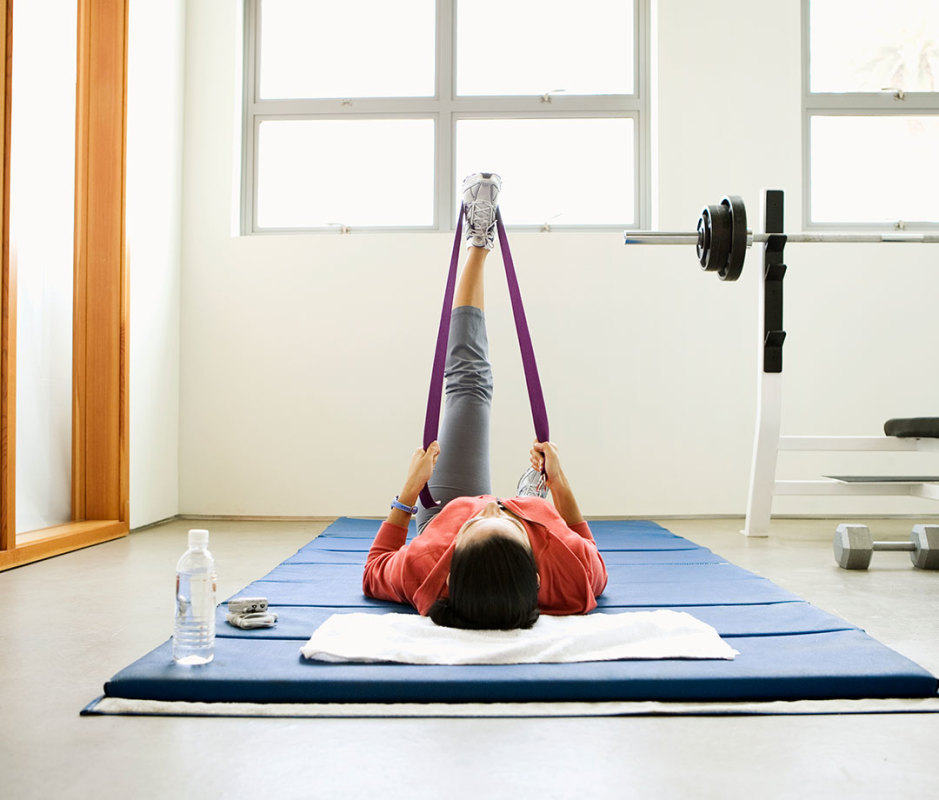
Siri Stafford/Getty Images
How to Do It
- While lying on the floor, place a cable, band, or towel around the bottom of your left foot, holding onto either end with both hands.
- Using the cable, band, or towel to aid you, raise your left leg to about 90 degrees, keeping your right leg straight on the floor, or bent at the knee.
- Hold this for a few seconds, then contract your quad and push against the stretch without actually moving, and hold this contraction for six seconds.
- This triggers a “hold-relax” reflex, which will allow you to go beyond the normal stretch.
- Relax, then pull your leg further into the stretched position—it should be deeper than the first.
- Hold this for an additional 10 seconds.
What It Does
“PNF stretching, or active isolated stretching (the kind that looks more like an exercise and involves contracting certain muscles) works best,” says Holly Perkins, C.S.C.S. “Static stretching is useful at times, but stretching works best if you work with how your body moves.”
When to Do It
Pre-workout and on a regular basis to improve flexibility.
Standing Hamstring Stretch 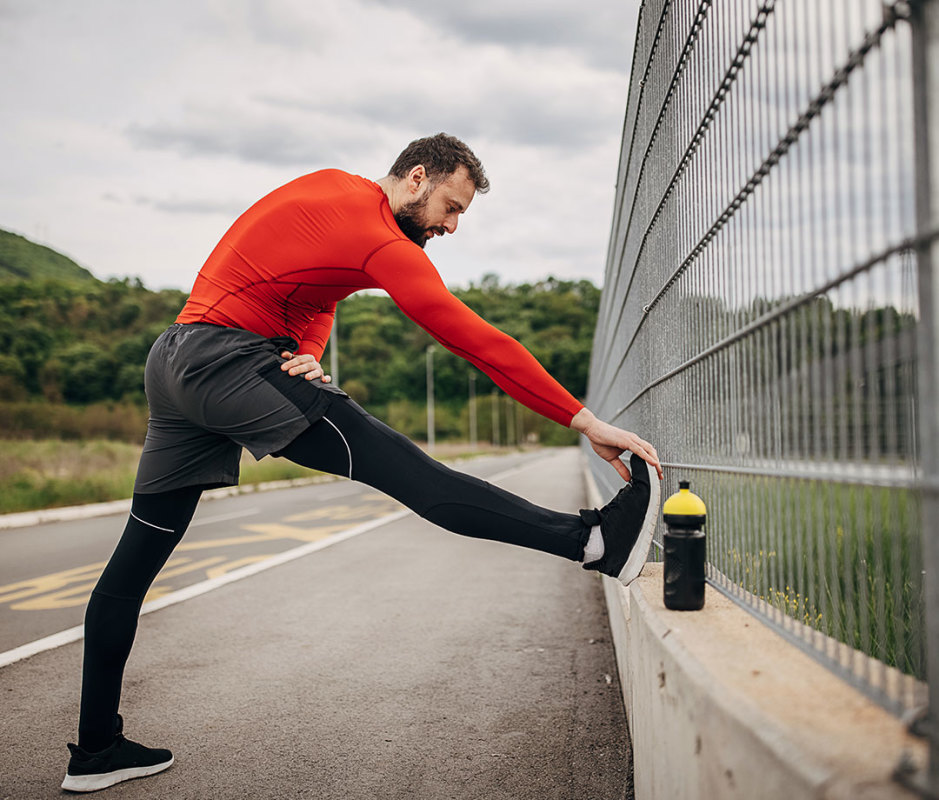
South_agency/Getty Images
How to Do It
- Stand upright facing a chair, table, or foam box that is just shorter than hip height.
- Place your left leg on the table so that your foot and the bottom of your calf are resting on it.
- Flex your foot so that your toes are pointing upwards toward the ceiling.
- Bend forward at your waist until there is a stretch in your hamstring and then hold for 30 seconds.
- Stand back up and repeat the movement with the opposite leg.
What It Does
This stretch can help loosen your hamstrings and reduce tension in your lower back.
When to Do It
Static stretches like the standing hamstring stretch are best done when you are already warm such as post-workout.
Straight-Leg Hamstring Stretch 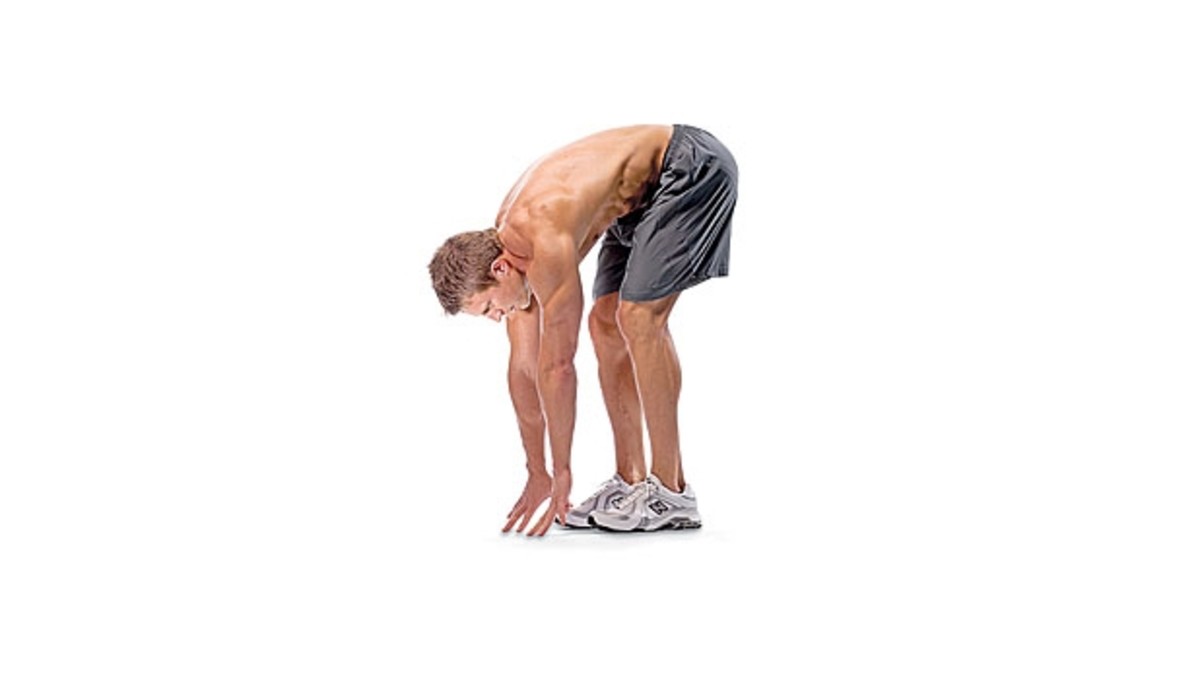 How to Do It
How to Do It
- Stand tall with feet directly below your hips, to start.
- Bend forward and reach toward your toes, maintaining straight legs if your hamstring flexibility allows (otherwise, put a slight bend in your knees).
- Hold until you feel the stretch in your hamstrings start to lessen, aiming for 30 seconds.
- Repeat for 3 repetitions.
What It Does
Forward folds reduce muscle tightness in the back of your legs and promote flexibility.
When to Do It
It’s best to do static stretches like this at the end of the day when your body is warm and muscles are loose.
Best Lower Back Stretches
Lower back stretches prevent stiffness resulting from sitting for too long and protect against strain from lifting heavy weight.
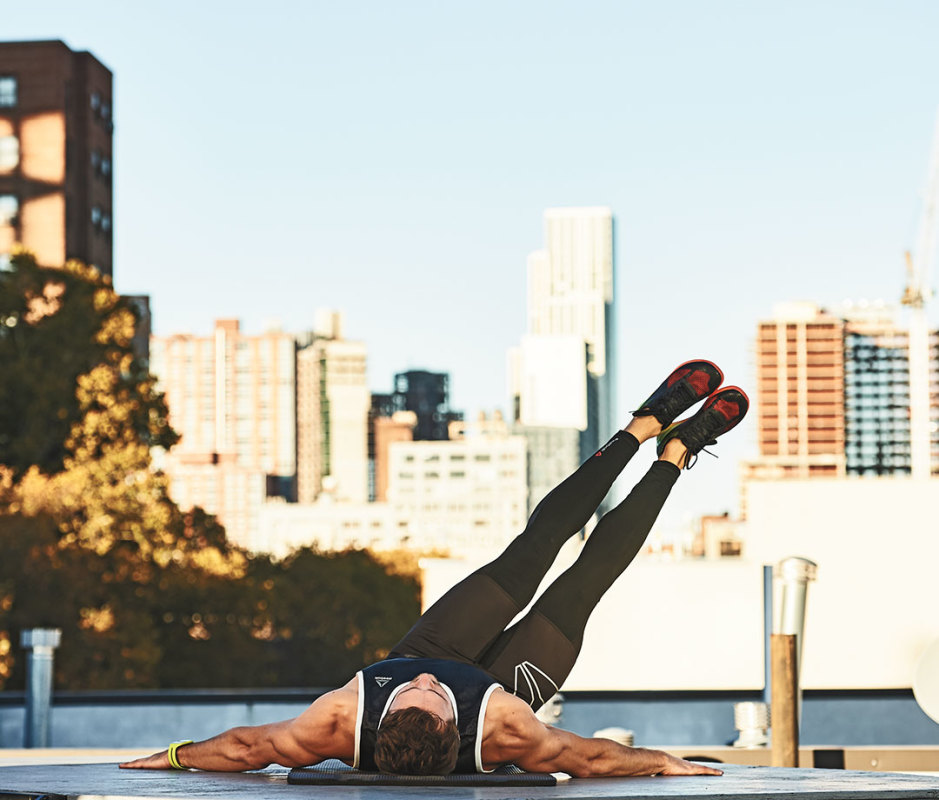
James Michelfelder
How to Do It
- While lying in bed, or on the floor, pull your knees to your chest.
- Then, lift your legs straight up into the air and, while they’re extended, lower them down to your left side, holding the stretch for 10 seconds.
- Bring them back up into the air, and lower them down to your right side, again, holding for 10 seconds.
What It Does
This helps to stretch out the back and loosen up any knots from sleeping.
When to Do It
“I like to do it first thing in the morning, while still in bed, or before a workout to loosen up the lower back and get the blood flowing,” says fitness and wellness expert David Kirsch.
Figure-4 Stretch 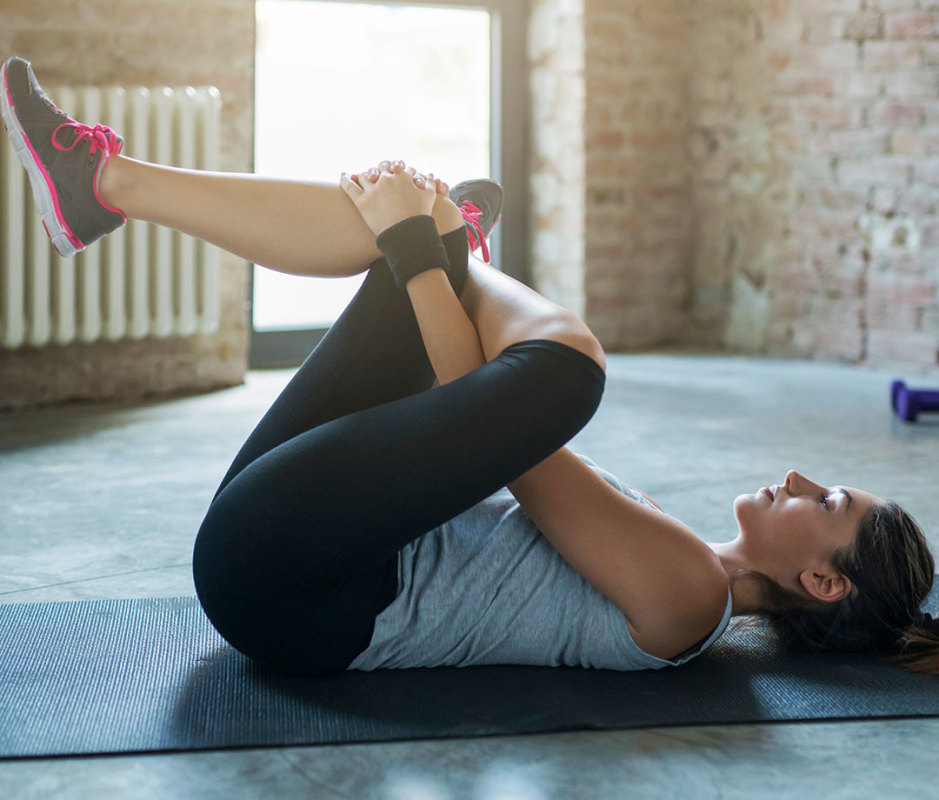
SrdjanPav/Getty Images
How to Do It
- Begin by sitting on the floor or lying on the floor or mat flat on your back.
- Cross your right ankle over your left knee, forming the backward shape of the number four.
- Hold your left thigh with both hands (your right hand will thread in between your legs, rather than rest on the outside of your right leg).
- Bend your left leg, pulling it in toward your chest (it shouldn’t be uncomfortable).
- Flex both feet to protect your joints.
- Hold for 30 seconds to a minute, then repeat on the opposite side.
What It Does
“This stretch will ease any lower back soreness and help relieve tight hamstrings and glutes as well,” says Alyssa Ages, P.T.
When to Do It
This is great for anyone who’s been stuck in the office or commuting all day and has back pain, or if you’ve done a leg-centric workout at the gym (like squats and deadlifts) and want to alleviate any soreness.
Knee-to-Chest Stretch 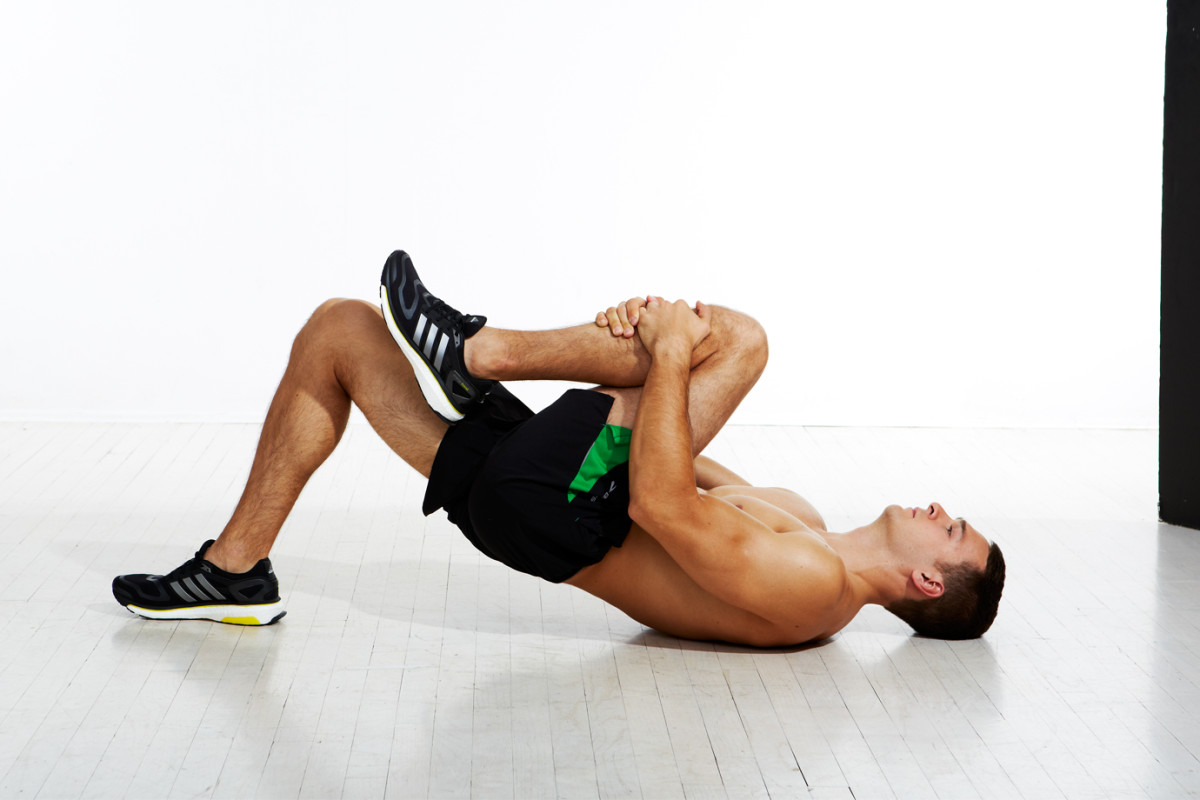
Getty
How to Do It
- Start by lying on your back with your knees bent.
- Rest your hands behind or on the front of your knees.
- Slowly pull one or both of your knees toward your chest making sure you aren’t straining your legs.
- Hold the position for 30 seconds rocking yourself slightly back and forth to massage your lower back.
What It Does
This pose is great for reducing lower back pain as it lengthens and stretches the lower back muscles.
When to Do It
The knee-to-chest stretch can be done at any time throughout the day but is best done in the evening when your body is warm.
World’s Greatest Stretch 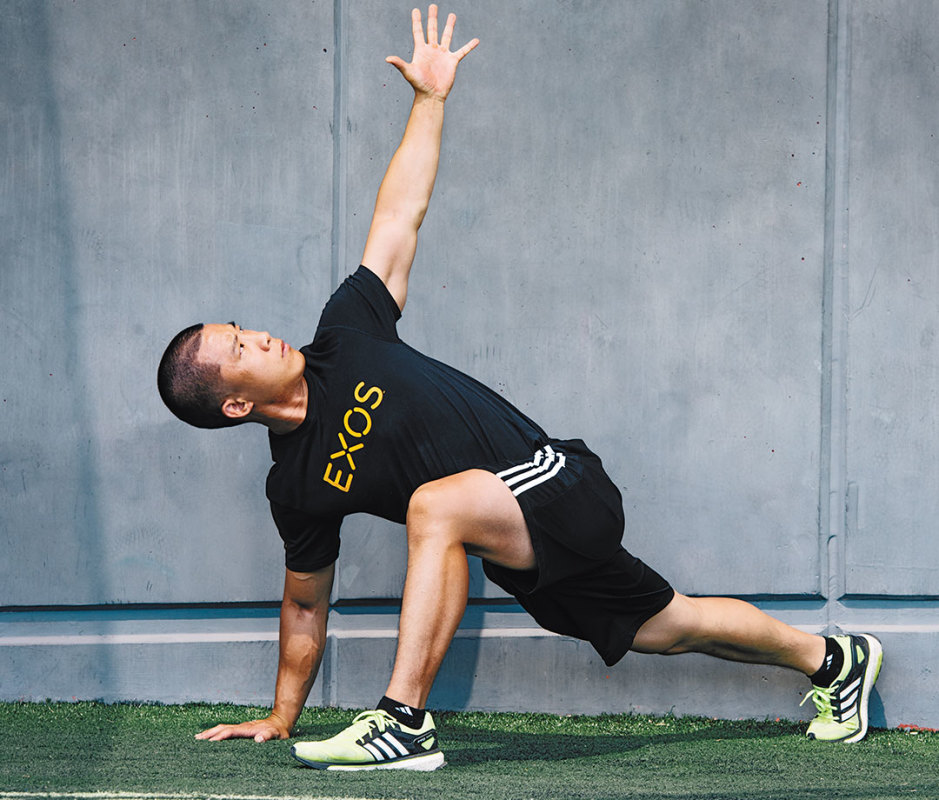
How to Do It
- Lay on your stomach in a push-up position.
- Step the left foot up to the left hand so that your arm is aligned with your left leg.
- Reach your left arm up to the sky with your head/eyes tracking the moving arm.
- Return your left arm back to the ground and step your left foot back into the original push-up position.
- Repeat on the right side for 5-8 reps.
What It Does
“In addition to helping loosen the hips and back simultaneously this stretch also addresses coordination and body awareness,” says Brian Kent, Nike trainer and owner of BKSTRENGTH. “The participant needs to be aware of the positioning of all four limbs, along with smooth movement between the transitions. The main body parts involved include the T-spine and lumbo-pelvic-hip complex.”
When to Do It
This stretch is versatile and can be done anytime during the day, especially as a warm-up to your workout.
Sphinx Pose 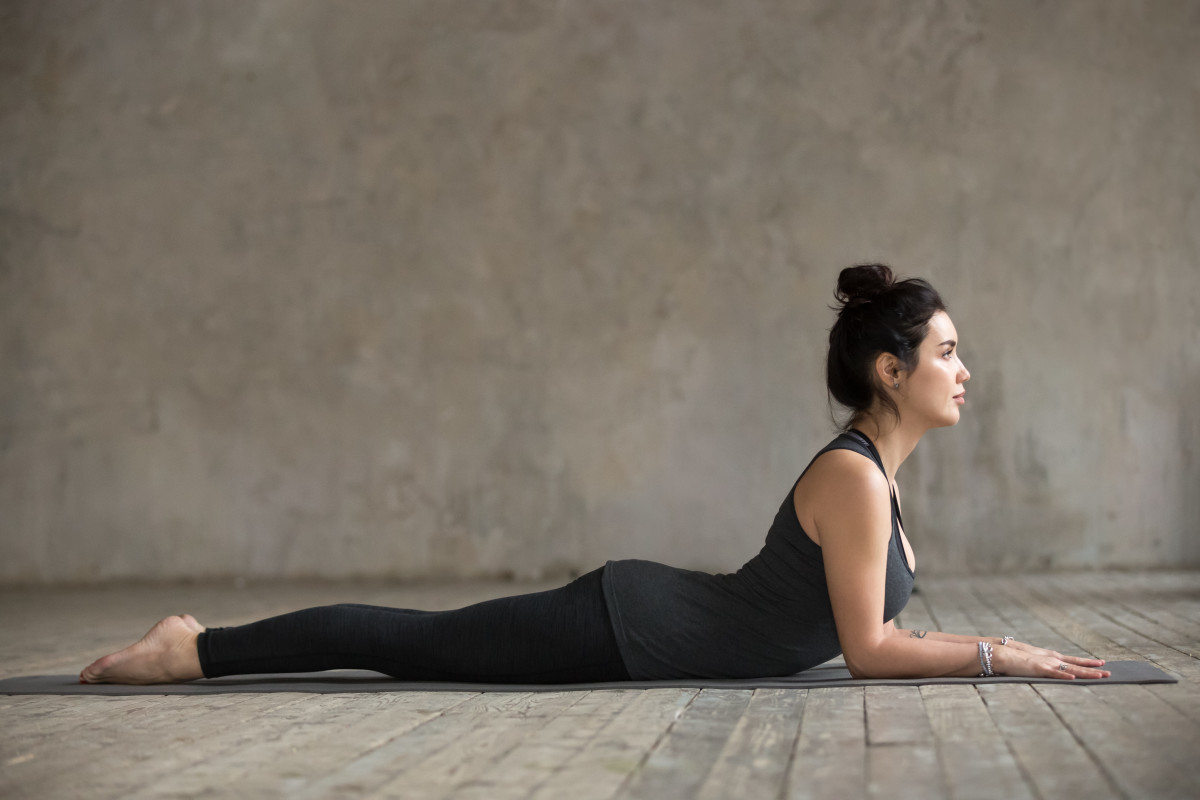
Fizkes/iStock/Getty Images Plus
How to Do It
- Lie on your stomach and hinge at your waist so that your upper torso is bent upward and resting on your elbows.
- Keep your legs straight behind you, making sure the fronts of your feet are on the ground.
- Engage your buttocks and lower thighs and gently lift your head and chest.
- Make sure you aren’t straining your neck.
- Keep your abdominal muscles tight and stay in this position for 30 seconds.
What It Does
This pose opens up your chest and your lower back allowing for tension reduction. It also strengthens your core which can in turn reduce lower back pain.
When to Do It
This stretch is best done at night when your muscles are warmed and have been used throughout the day.
Best Sciatica Stretches
Sciatica stretches are the best ways to alleviate most pain in the lower back and hips caused by sciatica. These movements keep the nerves from becoming constrained.
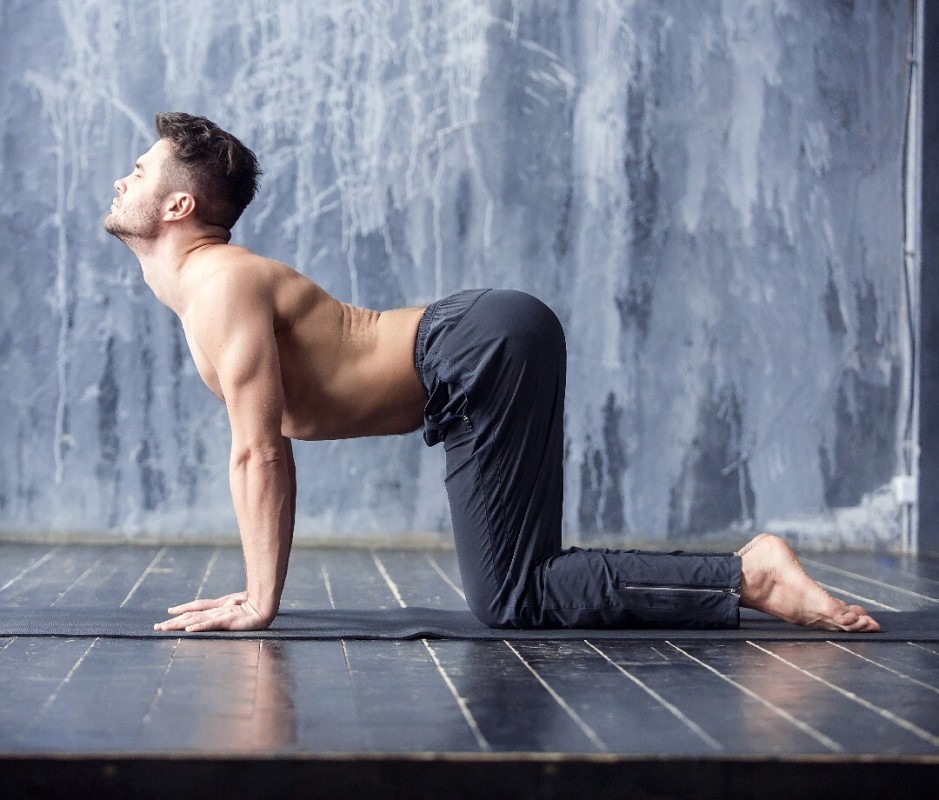
Getty
How to Do It
- Place a mat on the floor and get on all fours with your shoulders over the top of your wrists and your hips over your knees.
- Inhale deeply and then exhale rounding your spine and dropping your head as you do so. It should look like a cat stretching.
- Then inhale and lift your head and chest toward the ceiling as you arch your back in the opposite direction.
- Continue doing this for 40-60 seconds holding each position for five seconds.
What It Does
Relieves stress and pain in the lower back and sciatica and improves flexibility of the shoulders, neck, and spine.
When to Do It
You can really do this stretch any time, especially after sitting at a desk all day or post-workout.
Child’s Pose 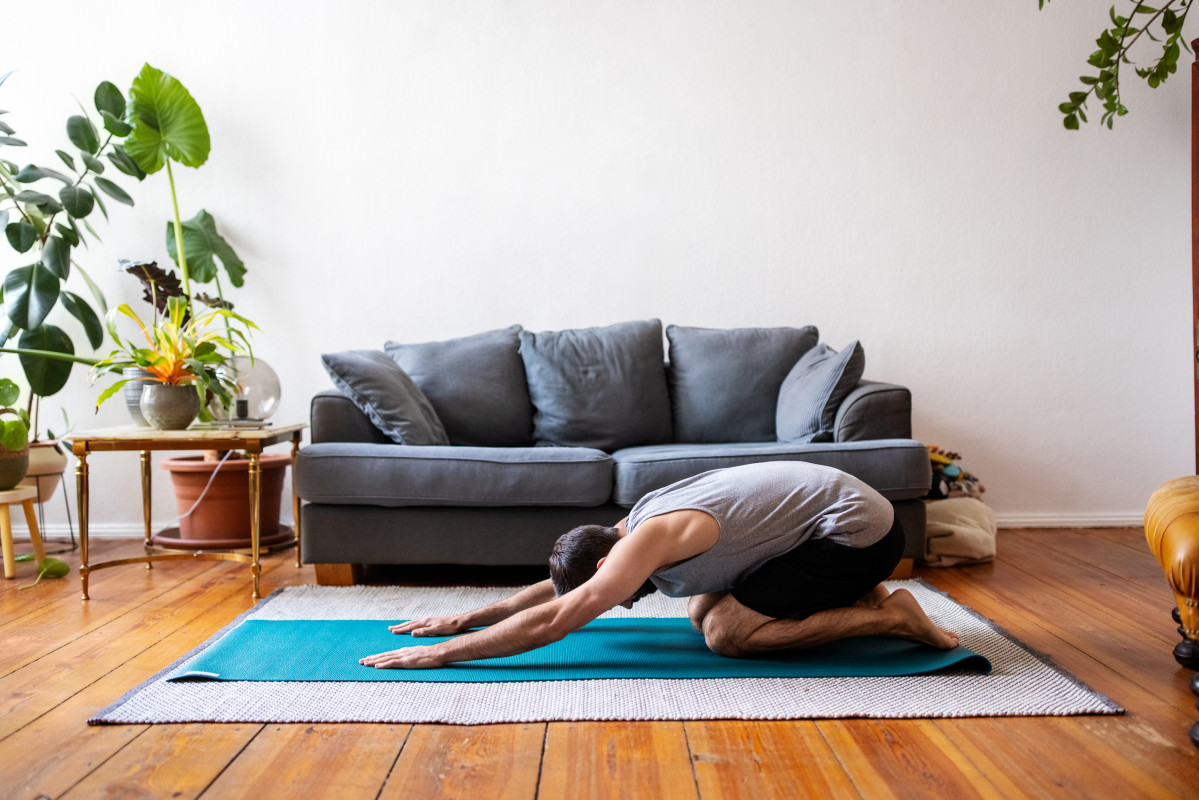
Getty
How to Do It
- Begin on all fours as you would in a cat/cow stretch.
- Bring your knees close together and slowly sink your hips back until your glutes are touching your heels.
- Allow your arms to extend so they are outstretched in front of your body.
- Sink deeper into the stretch by allowing your upper body to relax fully as you fall heavy into your thighs.
- Take a deep breath in and relax any areas that might be tight.
- Hold this pose for anywhere from 45 seconds to a few minutes.
What It Does
Child’s pose is a beloved yoga pose known for lengthening and stretching your spine.
When to Do It
Child’s pose can be done at any time but many people do it at night to increase relaxation.
Cobra Stretch 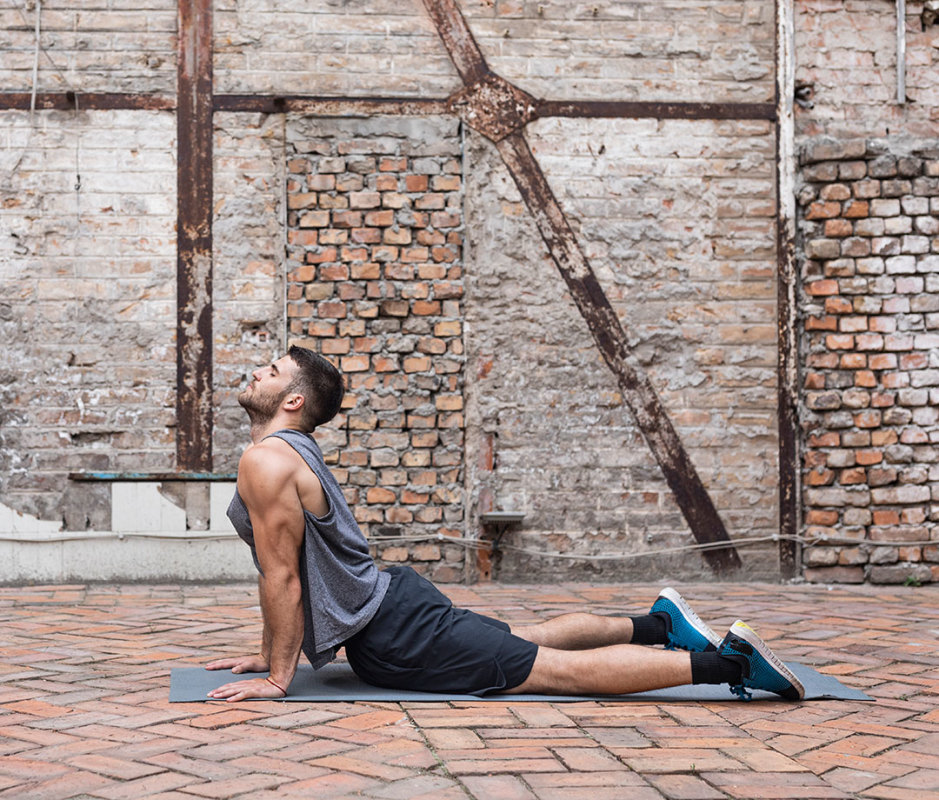
FreshSplash/Getty Images
How to Do It
- Lie on your stomach with your hands placed below your shoulders.
- Press upwards through your hands until your chest is facing forward but your hips are still on the ground.
- Hold the top position for 20-30 seconds before slowly lowering yourself back on the ground.
- Rest and then repeat 1-2 more times.
What It Does
Cobra is not only known for improving circulation and flexibility but can also strengthen the spine and muscles in the back.
When to Do It
You can do this post first thing in the morning to loosen your back muscles or in the evening after work or exercise.
Pelvic Tilt/Glute Bridge 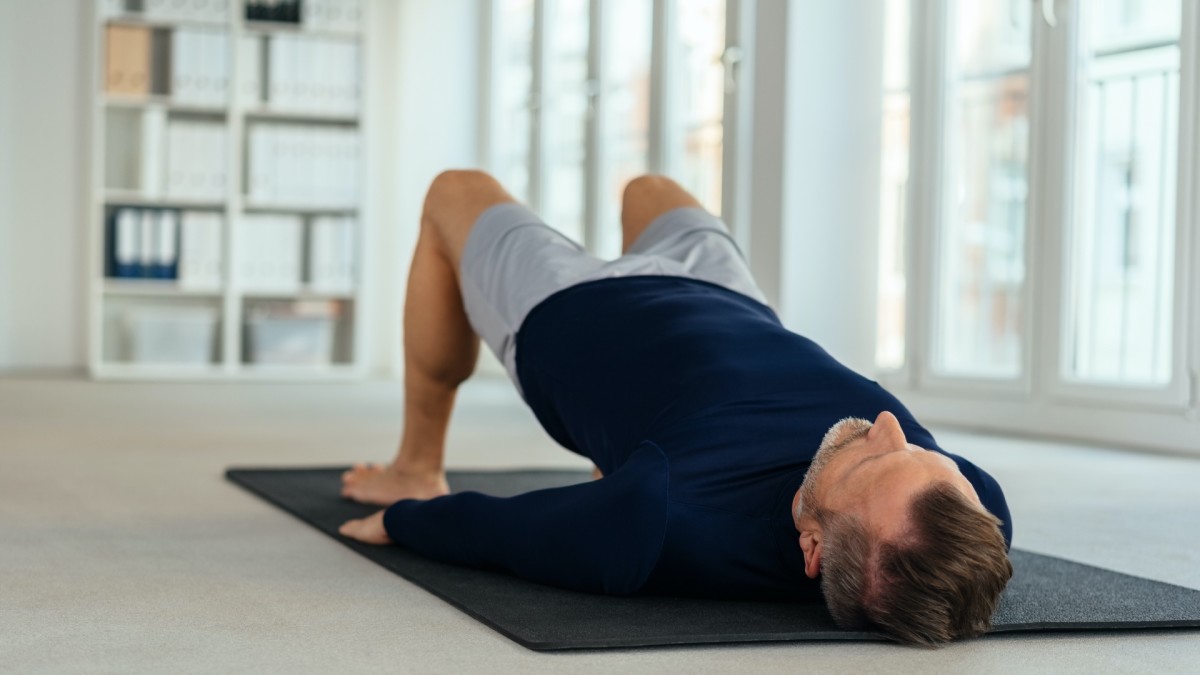
Getty
How to Do It
- Lie on your back with your legs bent and feet flat on the floor.
- Place your arms on the side of your body.
- Brace your core muscles, press the arch of your back into the floor, and move your pelvis and hips slightly upward.
- Hold this position for 5-10 seconds, making sure you are breathing periodically.
- Repeat for 8-10 repetitions.
What It Does
Pelvic tilts can help correct your posture and reduce muscle tightness in your lower back.
When to Do It
This stretch can be done at any time of the day, but if you have especially stiff and sore muscles upon waking, it is a great stretch to do first thing in the morning.
Seated Spinal Twist 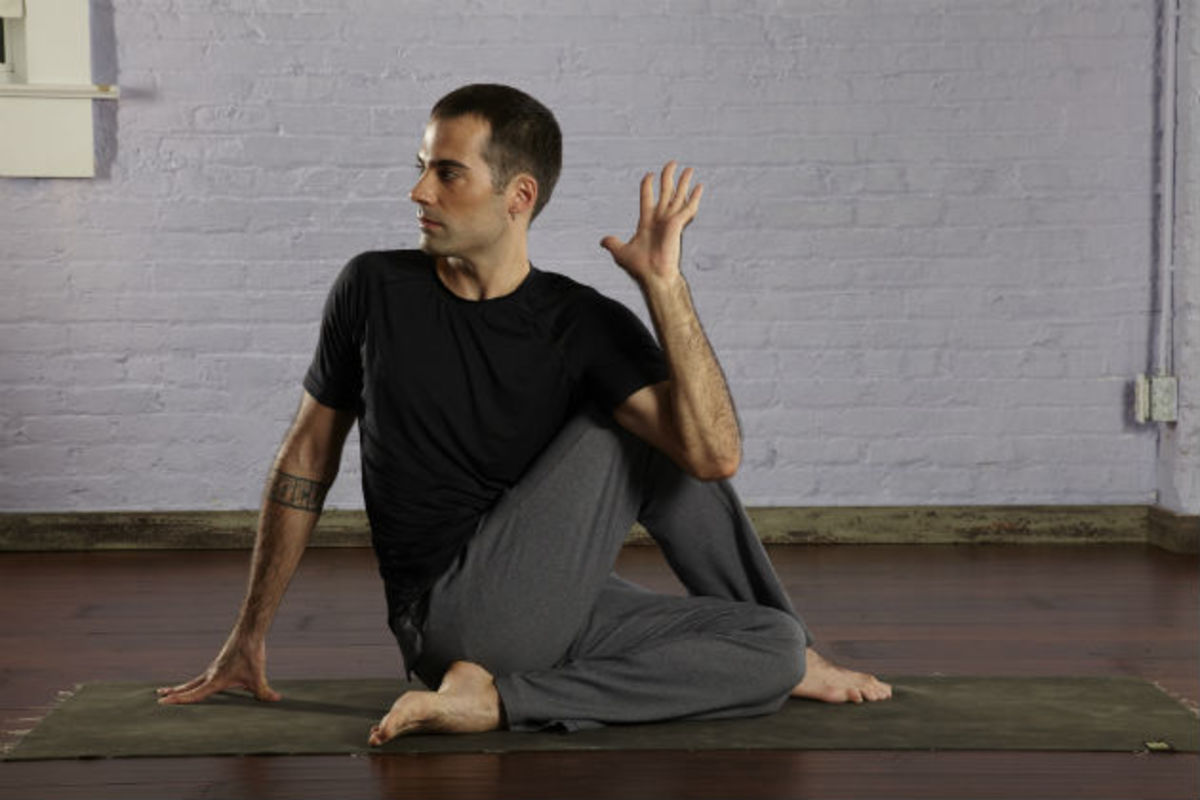
Getty
How to Do It
- Begin by sitting on the floor with your feet straight out in front of you.
- Bend your left leg placing your foot on the floor on the outside of your right knee.
- Using your right arm, twist toward your left knee until your elbow is on the outside of your bent knee.
- Hold for 30-45 seconds.
- Return to your starting position and repeat on the other side.
What It Does
A spinal twist can help to alleviate back pain and increase mobility.
When to Do It
A spinal twist is great to do after a long workday, especially if you are consistently sitting at a desk.
Best Hip Stretches
Hip stretches are a good way to keep hips loose to prevent pain from workouts or to aid rehab from injury.
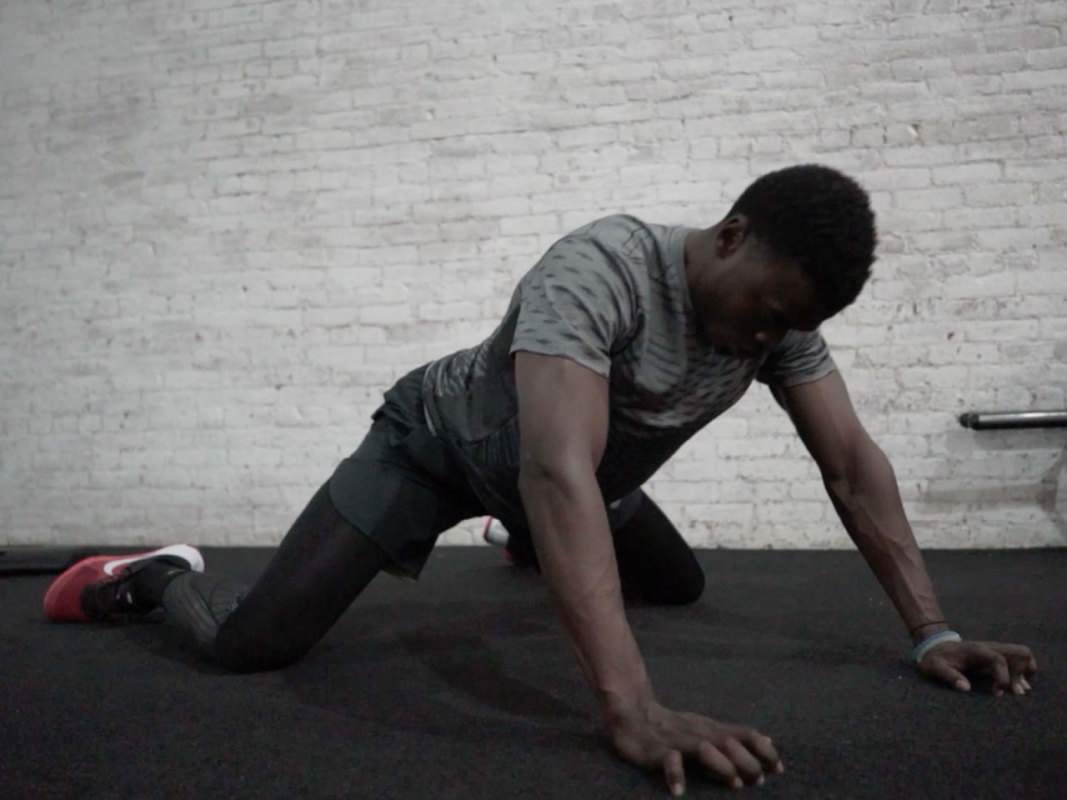
Courtesy of Ariel Foxie
How to Do It
- Start in a tabletop position on all fours with your hands beneath your shoulders and knees below your hips.
- Turn your toes outward, inhale, and begin to slowly move your right and left knee out towards the side until you feel a stretch in your inner thighs and groin area.
- Continue to open your hips by turning your feet out towards the side and flexing your ankles so that the inside of your feet and knees are touching the ground.
- Stay in this position and take 10 deep breaths to move lower into the position.
- When you are done, slowly return to the starting tabletop position.
What It Does
Frog pose stretches are often used in yoga as a way to open up the hips and stretch the groin.
When to Do It
The frog stretch can be done any time, but a lot of lifters use it as a way to open up their hips. If you plan to do this prior to weightlifting, throw the movement to make it dynamic.
Lying Hip Flexor/Hip Twist Stretch 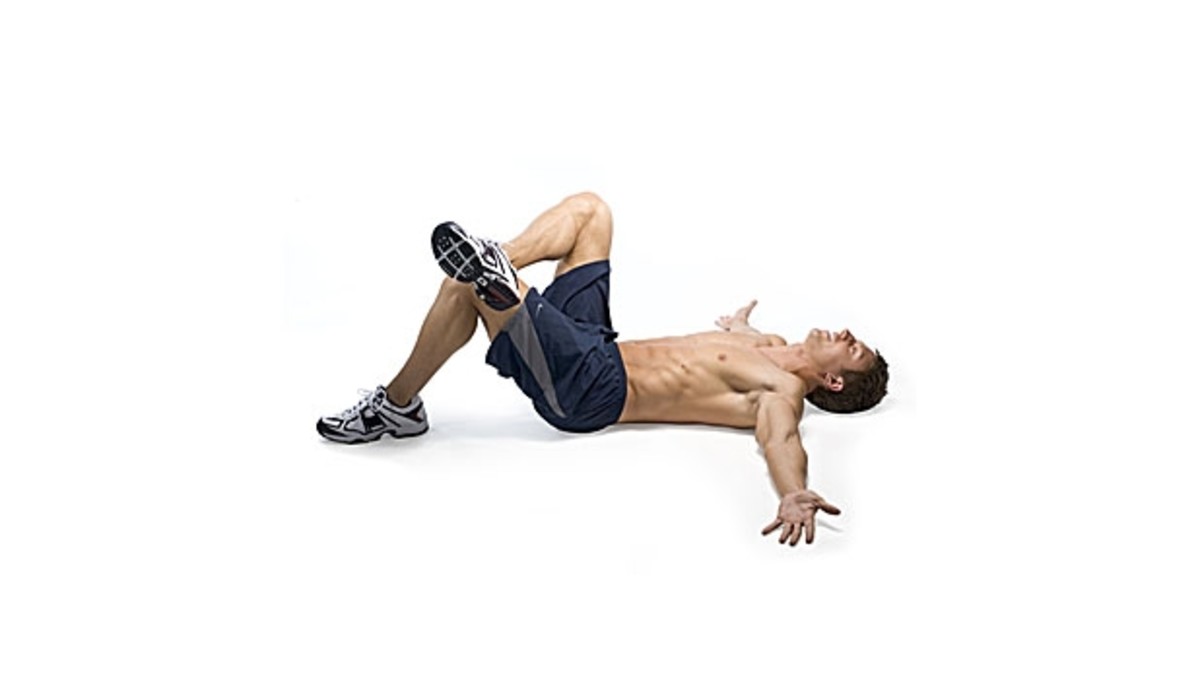
Getty
How to Do It
- Lie flat on your back with your knees bent and feet flat on the floor.
- Place your left ankle on top of your right knee.
- Keeping your shoulders on the floor, lower your knees to the right.
- Hold the position for 60 seconds before switching legs and repeating the process.
What It Does
Reduces stiffness and opens up your hips making it easier to sit, squat, etc.
When to Do It
These can be done at any time of the day. If you sit for long periods, add these before bed or after training to lessen stiffness.
Spiderman/Low-lunge Twist 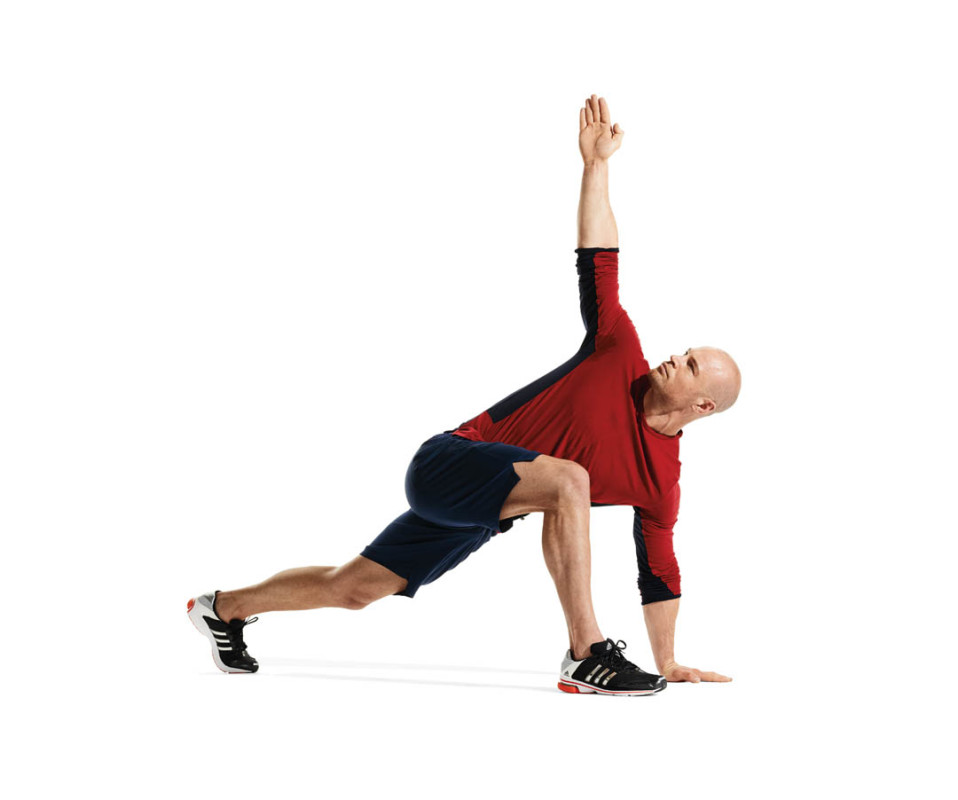
James Michelfelder and Therese Sommerseth
How to Do It
- Start in a plank position and step your left foot to the outside of your left hand.
- Pause before rotating toward your left foot.
- Then bring your left forearm up toward the ceiling.
- Come back to a neutral position.
- Repeat for 8-12 reps on each leg.
What It Does
The Spiderman stretch is used to stretch the hip flexors and front leg hamstrings simultaneously.
When to Do It
Because this is a dynamic stretch, it is great to do before training to help warm up your muscles.
Best Shin Splint Stretches
Shin splint stretches can either prevent shin splints or relieve pain from shin splints. They target the calf muscles primarily and should be combined with ice and rest.
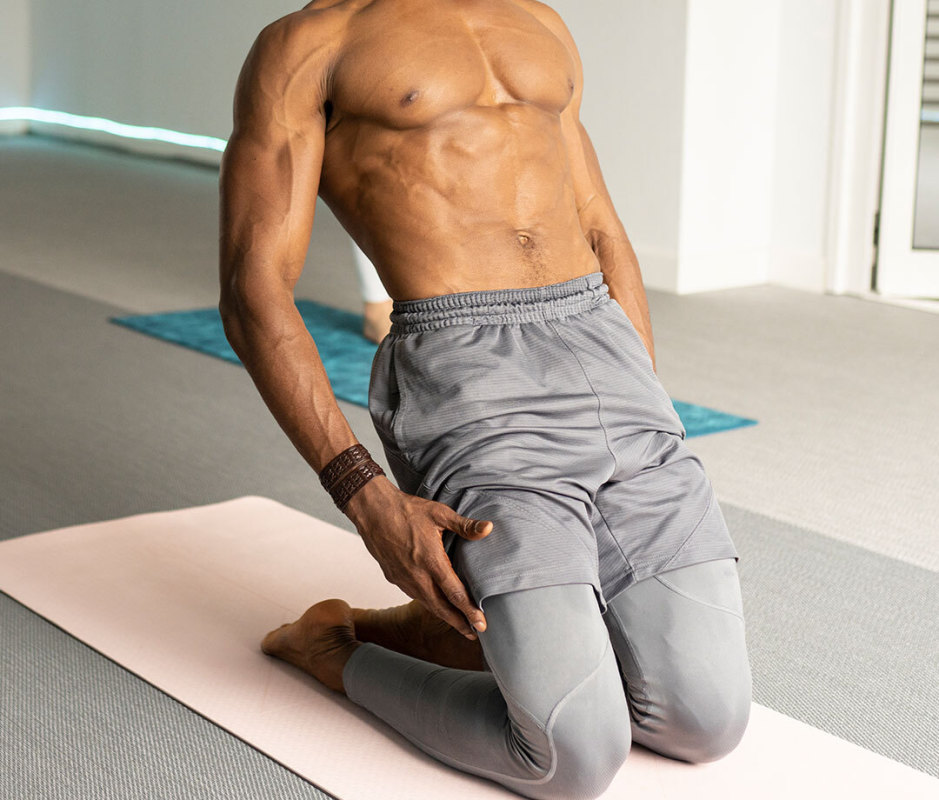
Getty/jose carlos cerdeno martinez
How to Do It
- With a yoga mat on the ground kneel down and sit so your heels are directly beneath your glutes and your knees are out in front of you.
- Place your hands behind you and lean back lifting your knees slightly off the ground to increase the stretch.
- Hold for 20-30 seconds and repeat the movement five times.
What It Does
This stretches everything from the bottom of your knee to the top of your foot.
When to Do It
Before or after a workout to relieve any shin pain.
Tibialis Anterior Stretch 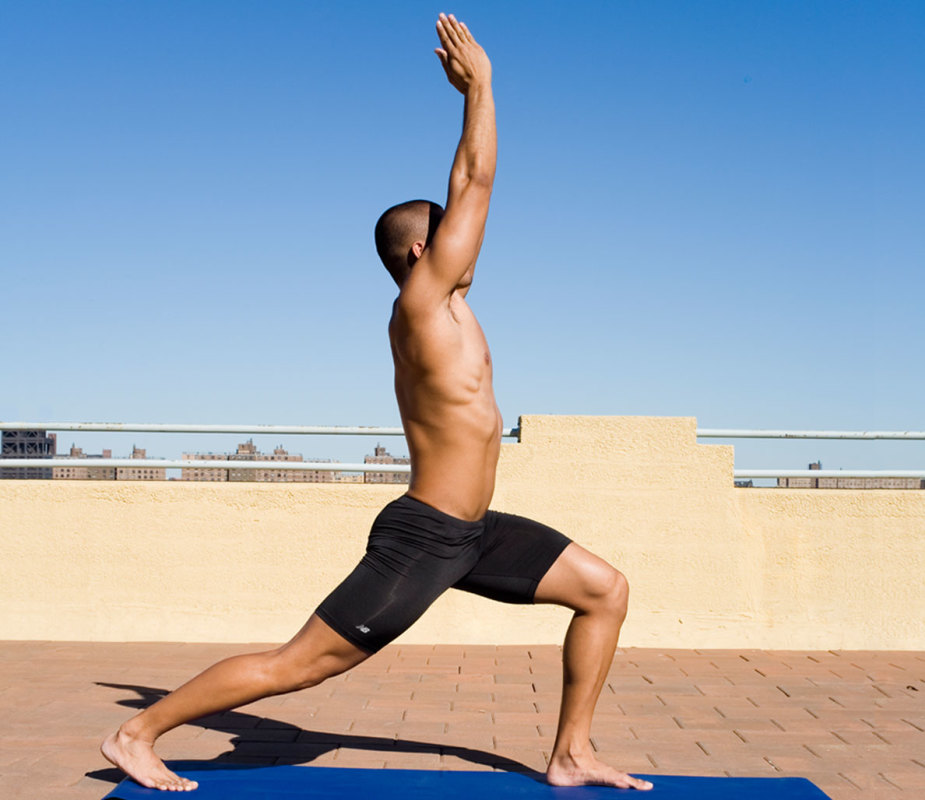
Getty
How to Do It
- Stand and bend both of your knees slightly.
- Place your left foot on the floor and the right foot behind you with the front of your toes touching the ground.
- Pull your right foot forward slightly leaving your toes on the ground until you feel a stretch in your shin.
- Hold it for 30 seconds and repeat on the other side.
What It Does
Alleviates the discomfort of shin splints and can help avoid stress fractures.
When to Do It
You can do it any part of the day but it works especially well as a warm-up.
Soleus Stretch 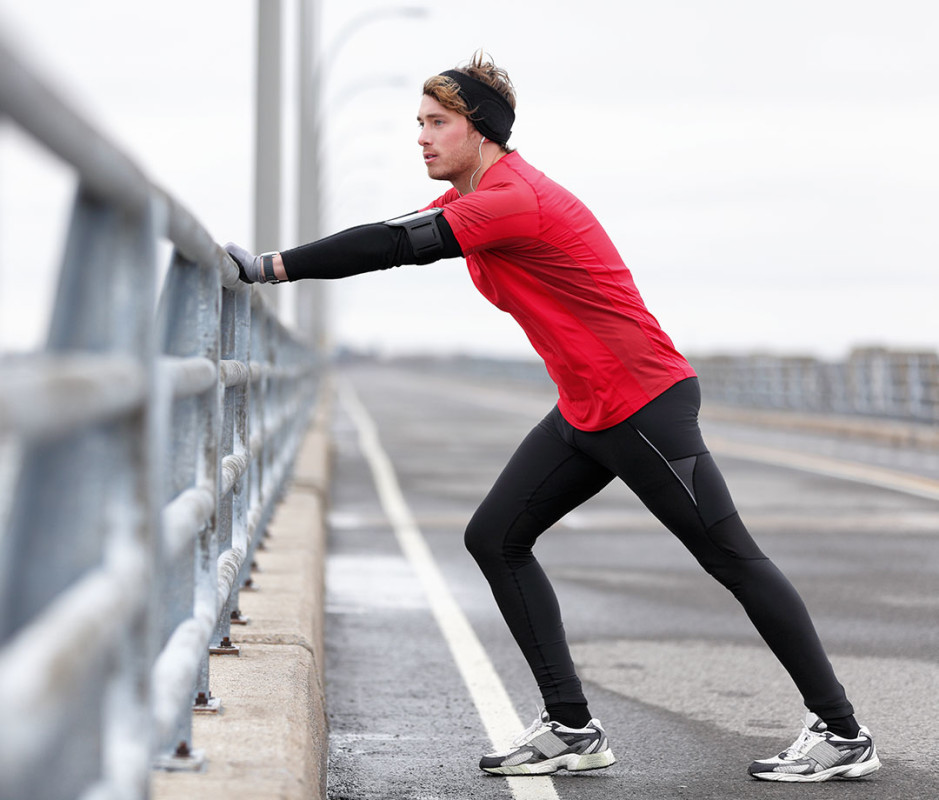
Maridav/Shutterstock
How to Do It
- Face a wall and put your hands against it.
- Spread your legs apart with your left leg in the back.
- Bend the knee of your left leg toward the wall while keeping your foot flat.
- Hold for 30 seconds and repeat with each leg for three repetitions.
What It Does
The soleus stretch targets the soleus muscle on the side and lower part of your calf muscle.
When to Do It
Repeat three stretches a few times a day to reduce the pain caused by shin splints.
Achilles Tendon Standing Stretch 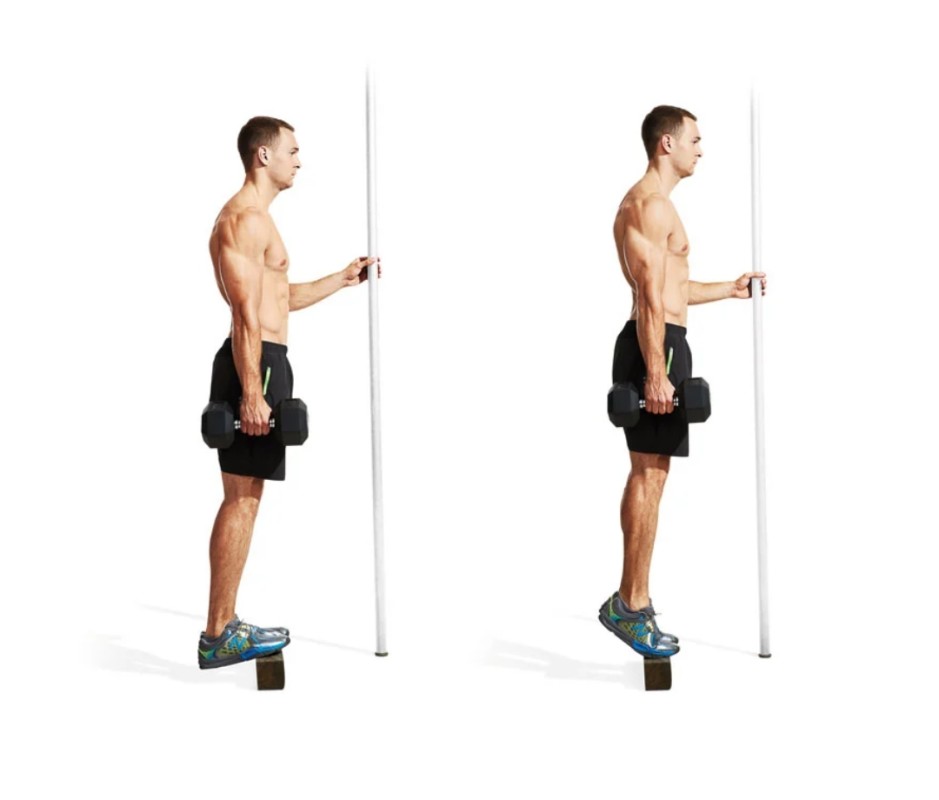
Beth Bischoff
How to Do It
- Stand on a stool or stair step so that you are slightly elevated off the ground while holding a nearby wall for balance. (This can be done with or without additional weight.)
- Place the balls of your feet on the edge of the step and slowly let your left heel hang off the step.
- Continue until you feel a stretch in your calf.
- Hold the position for 15-30 seconds and repeat 2-3 times throughout the day.
What It Does
Helps reduce the discomfort of shin splints and helps increase calf and ankle mobility.
When to Do It
After a long night of sleep perform this stretch to help loosen tight calf muscles.
Lunging Calf Stretch 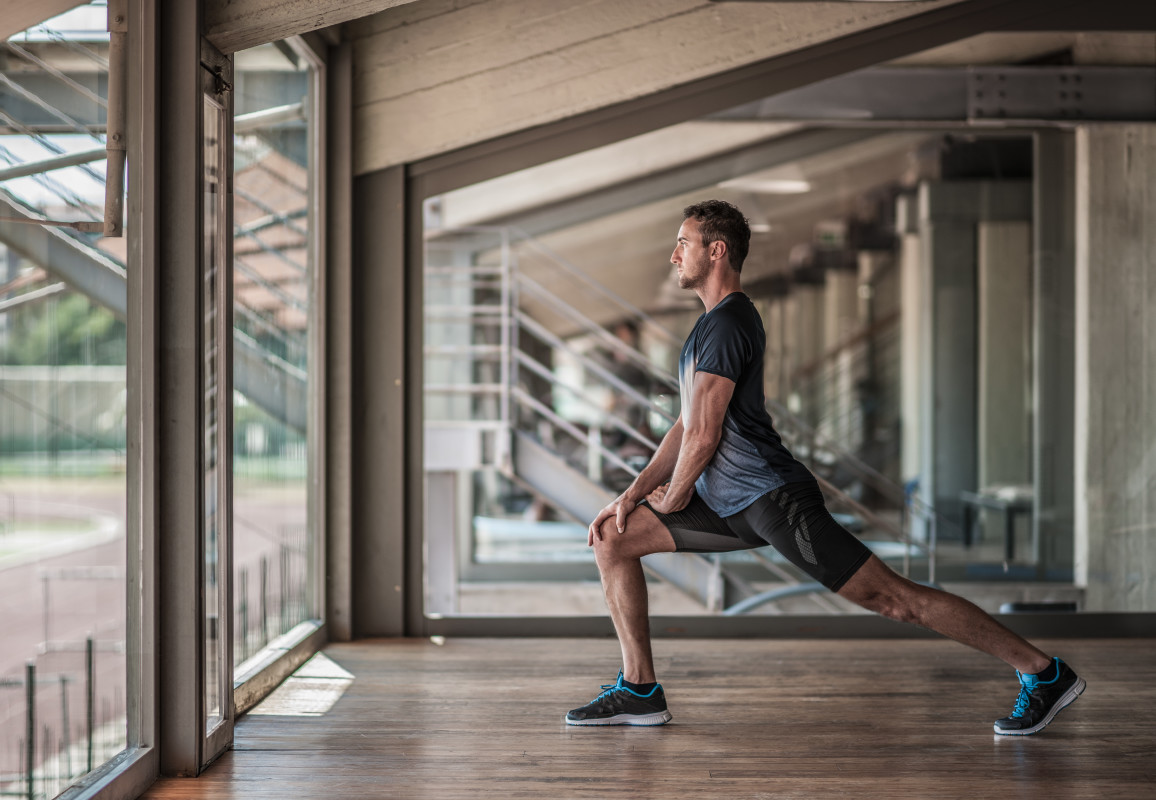
Getty
How to Do It
- Stand and step your left foot back until you’re in a slight lunge position.
- Bend your right leg and keep your left leg straight.
- Lean forward and press your left foot down until it’s flat on the ground.
- Hold for 30 seconds and then repeat on the other side.
What It Does
Helps to stretch out and strengthen the calf muscles.
When to Do It
Before you start your next workout session, try this lunging calf stretch to help loosen up your calf muscles.
Best Neck Stretches
Neck stretches are great to do throughout the day to alleviate stiffness that’s accumulated overnight or from sitting for too long. They’re also a good addition to the beginning and end of a workout.
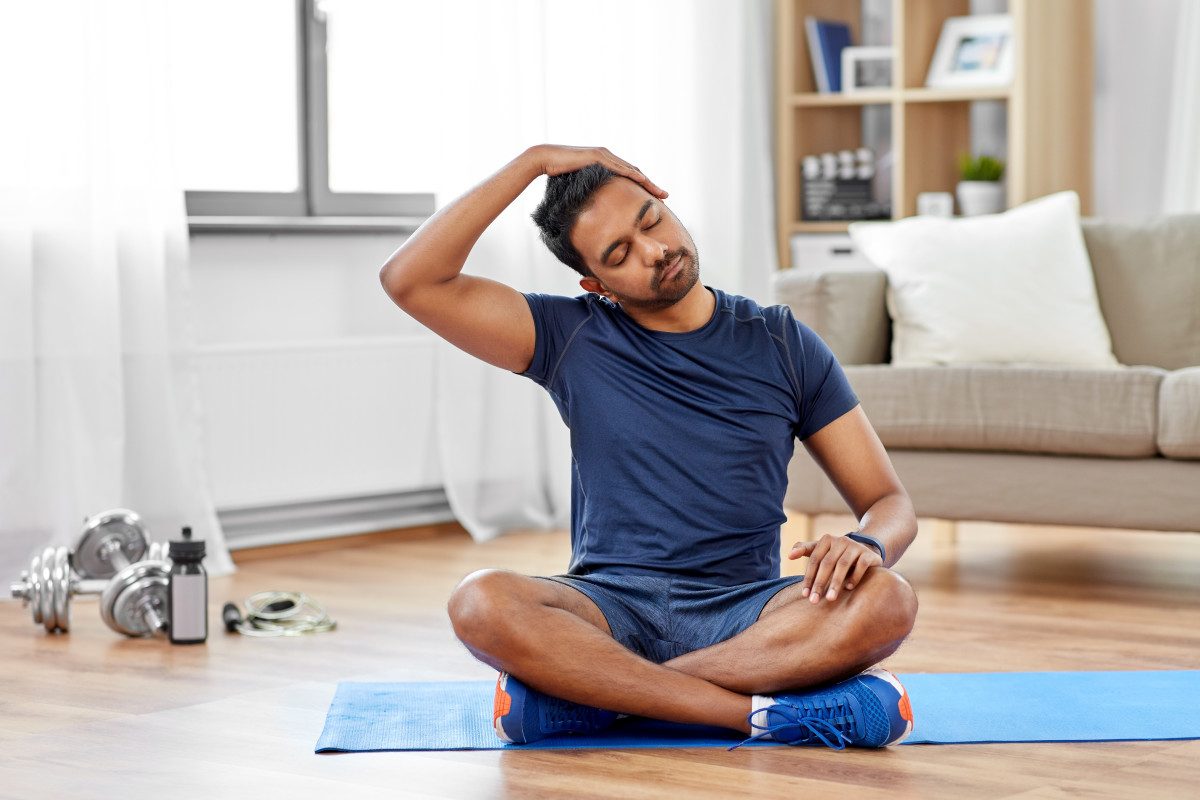
Getty..


